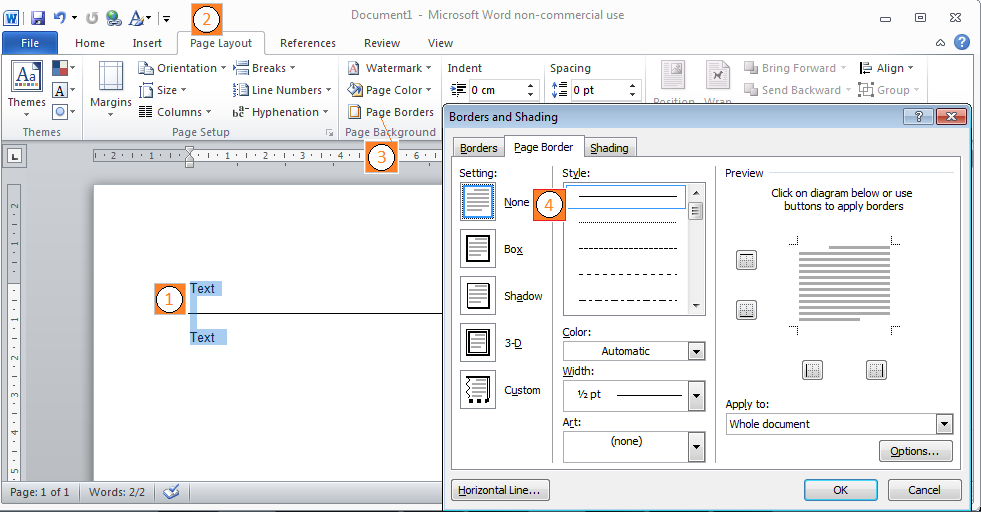
Vertical text presentation, notably East Asian languages such as Japanese. Some languages, however, have publishing traditions that provide for long-format Presentation is a special case, usually used for short runs of text (as in Figure Most languages and scripts are written horizontally and vertical In many parts of the world, most characters are upright, The Latin script are typically oriented sideways, Meaning that they appear with the same orientation as in the code charts,īut words and sentences that are composed of characters of In East Asia, Han ideographs, Kana syllables, and Hangul syllables,Īlong with Latin letters of acronyms, remain upright, When text is displayed in vertical lines, there are variousĬonventions for the orientation of the characters with respect to

Which can serve as a stable default orientation of characters for reliable document interchange.

This report describes a Unicode character property While words and sentences in the Latin script are typically sideways. In a few cases, when presented in vertical lines, the characters will appear rotated or transformed in various ways.įor example, in East Asia, Han ideographs, Kana syllables, Hangul syllables, and Latin letters in acronyms are upright, In most cases, characters are oriented in an upright manner similar to their presentation in the Unicode code charts. When text is presented, there are various conventions for the orientation of the characters with respect to the line.

However, some of the glyphs are actually oriented for vertical presentation.Ī few characters change shape or orientation when the text is rotated from horizontal to vertical. The Unicode code charts generally show characters oriented for horizontal presentation.


 0 kommentar(er)
0 kommentar(er)
